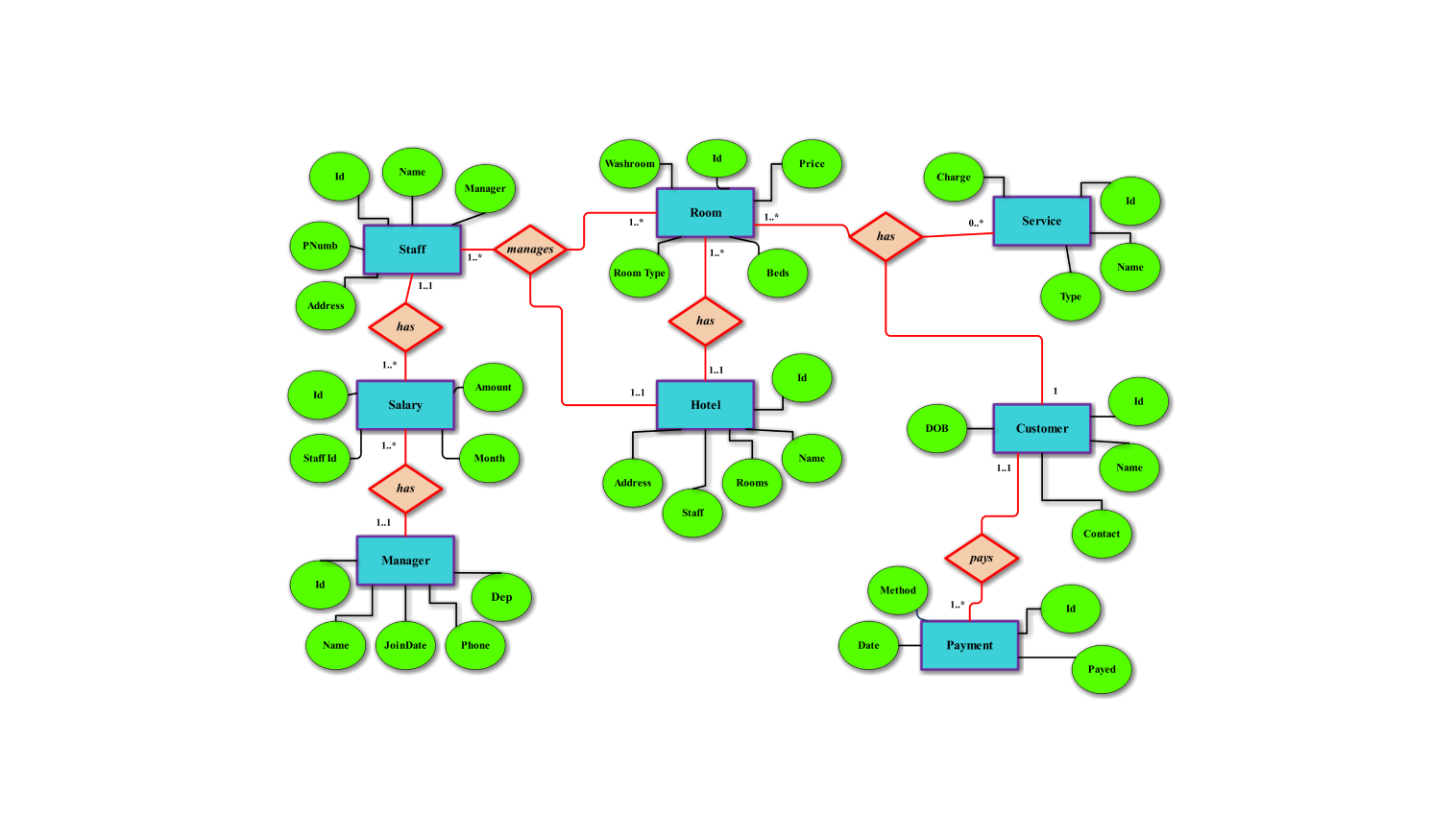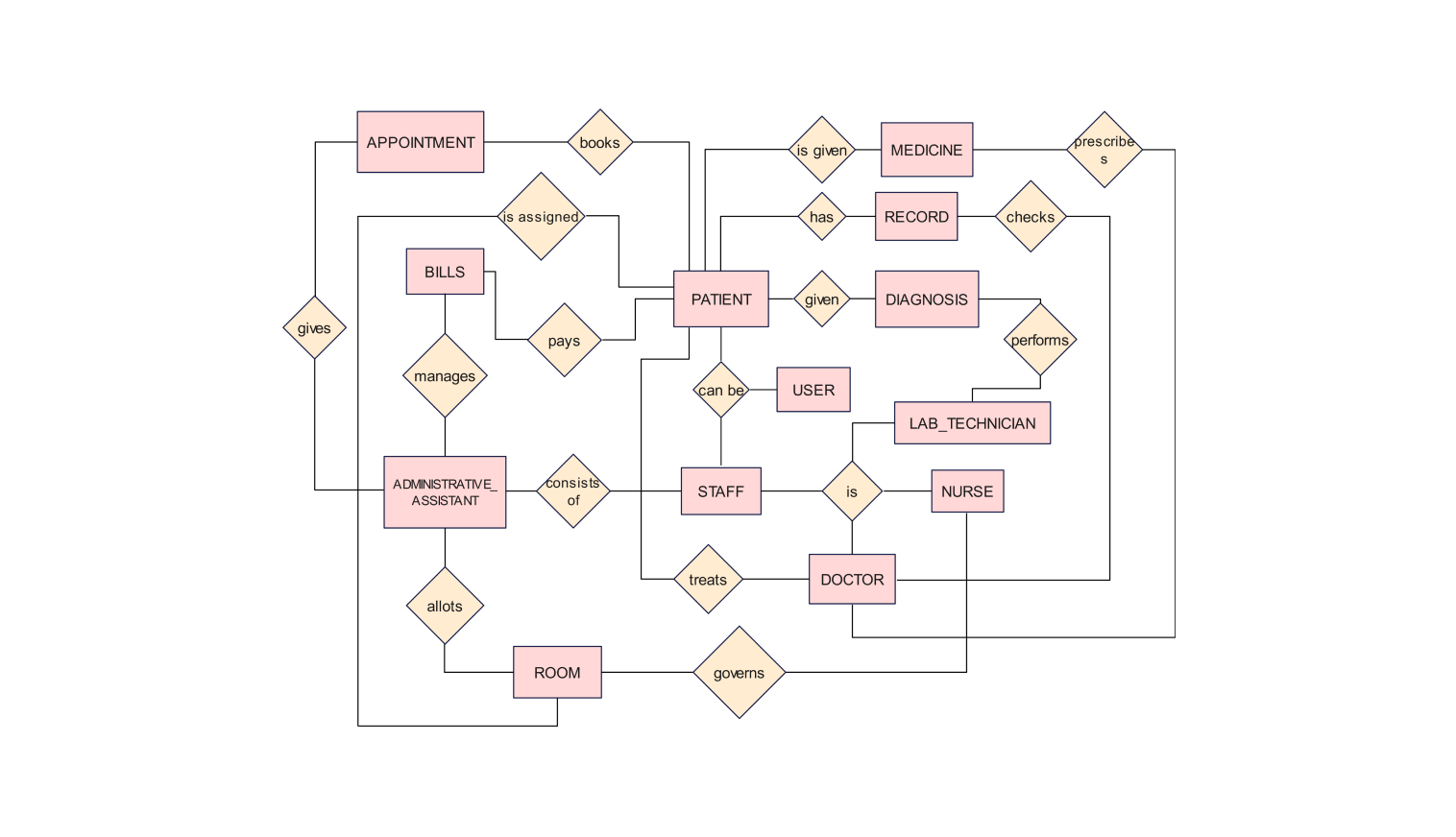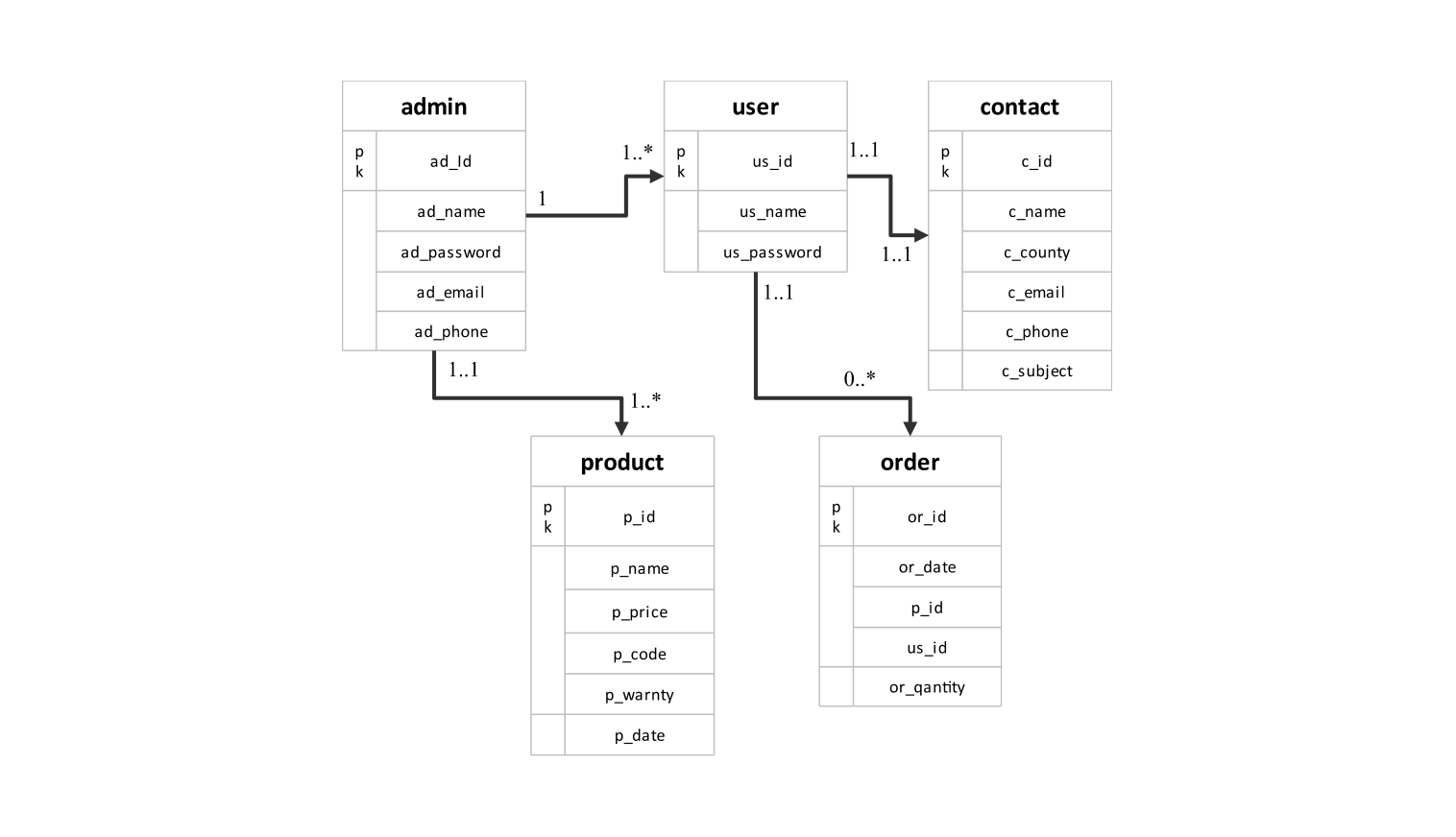- Templates
- ER diagrams templates
- ER diagram for coffee shop
About this ER diagram for coffee shop
Following is an ER diagram for a coffee shop. It illustrates the various entities present within the coffee shop. It also visualizes the relationship among the entities present in the coffee shop. A coffee shop or café refers to a warm and informal setting where people can consume caffeinated drinks.
Here in this ER diagram, the entity coffee shop represents the physical structure of a coffee shop. It includes the name, address, and contact of the coffee shop. A coffee shop has a manager and a barista. The entity manager includes the personal information regarding the manager.
The entity barista represents the barista working at the coffee shop. The barista is responsible for preparing the order. The entity customer represents the person who places an order inside the coffee shop. Here an order may have one or more items.
The entity cashier represents the cashier who is working inside the coffee shop. The cashier is responsible for receiving the order from the customer. When an order is placed a bill is generated. The cashier is then responsible for receiving the payment of the order from the customer.
Here in this ER diagram, the customer first places an order. The cashier receives the order along with the payment of the order. The order is then prepared by the barista and served to the customer. The manager is responsible for the overall management of the operations.
How to use this template
You can use the template by clicking the Use this template option. After the template opens, you can customize the diagram by dragging and dropping new shapes from the libraries present on the left side.
Edit the text. Style the lines, boxes, and text by clicking on the respective elements. You can also save some common aspects in your libraries for future use.
Choose a format to save it for later or share it with others. Click on Export to choose the format of your file (.eddx, .pdf, .png, .jpg) to export the file.
Benefits of the ER diagram
Through this ER diagram, one can get a clear understanding of how different entities interact with one another inside a coffee shop. They also get a clear visualization of the relationship among these entities.
The diagram can be used by various stakeholders to better understand the process of how an order is prepared inside a coffee shop. Whether you’re a student, a teacher, or even from the management this ER diagram will help you in your understanding of the system.
The usage of an ER diagram is also important and comes in handy while trying to make changes inside the system as it gives a clear image of the current working process being followed.
FAQs about the ER diagram
-
What are common mistakes in an ER diagram?
Some common mistakes when designing an ER diagram include:
- Inconsistent naming of elements
- Wrong cardinality between entities.
- Incorrect use of relationship.
- Improper use of primary and foreign keys.
-
What is primary key in ER diagram?
A primary key is an attribute that helps identify other attributes within an entity. It ensures that each record can be uniquely identified, which is crucial for maintaining data integrity and enabling efficient data retrieval.
-
How do you connect an ER diagram?
Following are the steps to make your ER diagram
- Identify the entities within the system.
- List out the attributes associated with each of the entities and connect them.
- Identify the relationship between the entities and connect the entities using a diamond-like shape.
When designing an ER diagram, it’s a lot simpler when you use an online designing tool. Edraw Max is a free-to-use online platform where you can easily design your ER diagram.
-
What are the basic ER diagram symbols?
In an ER diagram, an entity is represented using a rectangular box. The attribute associated with each entity is represented using an oval shape. Each attribute is joined with its respective entity using a straight line. Each entity's relationship with another entity is represented using a diamond-like shape.
Related templates
Get started with EdrawMax today
Create 210 types of diagrams online for free.
Draw a diagram free Draw a diagram free Draw a diagram free Draw a diagram free Draw a diagram free








